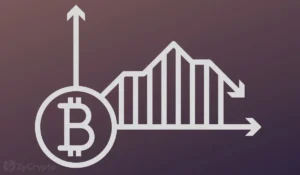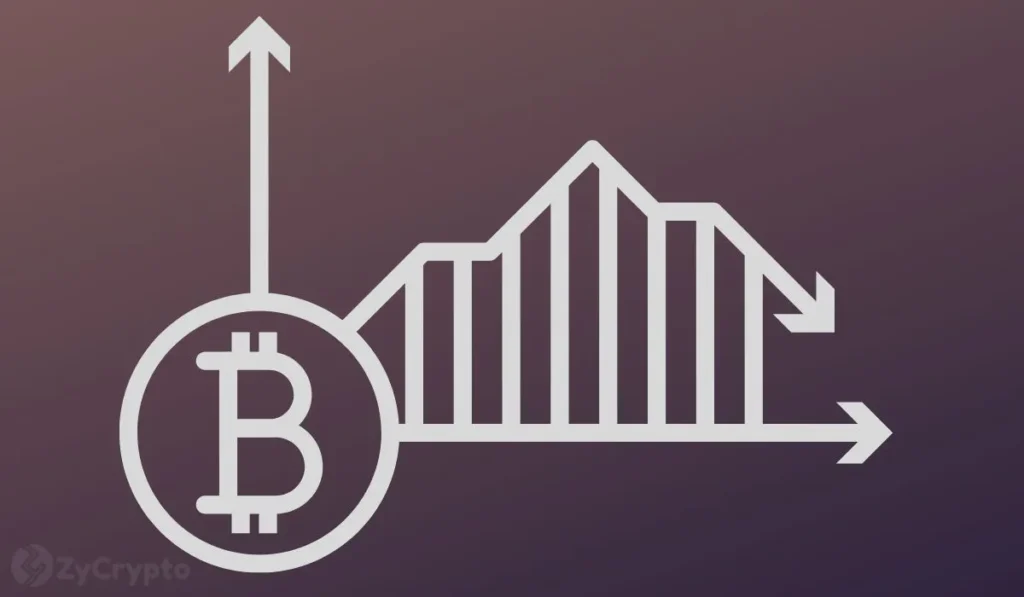Arthur Hayes, the co-founder of the popular cryptocurrency exchange BitMEX, has recently sparked interest in the cryptocurrency community with his rallying cry for Zcash (ZEC). In a thrust titled ‘Withdraw and Shield,’ Hayes is promoting a move that could potentially catapult ZEC into one of its most volatile and intriguing phases yet.
What is ‘Withdraw and Shield’?
Hayes’ strategy involves encouraging investors to withdraw their Zcash from exchanges and convert it into a “shielded” form. Zcash offers two types of addresses: transparent and shielded. The former operates similarly to Bitcoin, where transactions are publicly visible on the blockchain, while the latter uses zero-knowledge proofs (specifically zk-SNARKs) to ensure transactions remain completely private.
The ‘Withdraw and Shield’ campaign aims to increase the use of Zcash’s privacy features, which are a central aspect of its design and appeal. Hayes believes that by doing so, the intrinsic value of Zcash as a privacy-centric cryptocurrency will be reinforced, potentially increasing its demand and price.
Implications of the Movement
This advocacy comes at a crucial time. Privacy in the digital realm is a growing concern, with increasing surveillance and data breaches. Cryptocurrencies like Zcash, which offer enhanced privacy features, are becoming more appealing to those looking to safeguard their financial transactions from prying eyes.
However, this move is not without risks. Regulatory bodies are scrutinizing privacy coins because of concerns over illicit activities. The increased adoption of ZEC’s shielded addresses could lead to heightened regulatory attention. But, paradoxically, this could also lead to greater validation of Zcash’s technology as robust and essential for legitimate privacy concerns.
Market Dynamics and Potential Outcomes
The ‘Withdraw and Shield’ call to action could lead to a reduced number of ZEC coins available on exchanges, potentially leading to a supply squeeze. If many adhere to Hayes’ suggestion, the decrease in supply, alongside sustained or increased demand, could drive up the price of ZEC.
Such market dynamics are often catalysts for wild price movements. For speculative investors, this presents both an opportunity and a risk. Volatility can lead to substantial gains but can also result in significant losses, especially if timed incorrectly.
Community and Industry Reaction
The response from the cryptocurrency community and industry could influence the success of this initiative. A collective movement by a significant portion of ZEC holders could validate Hayes’ theory and lead to a self-fulfilling prophecy regarding ZEC’s price.
Conversely, skepticism or apathy from major stakeholders or investors could dampen the intended effects. The balance between privacy advocacy and practical financial considerations will play a critical role in determining the outcome of this initiative.
Conclusion
Arthur Hayes’ ‘Withdraw and Shield’ campaign is more than a strategic call for action; it’s a test of the cryptocurrency community’s commitment to privacy and the practical implications of embracing such ideals en masse. Whether or not this will lead to Zcash’s wildest market move yet remains to be seen, but it has undoubtedly added an interesting layer of dynamics to the ongoing discourse surrounding privacy, technology, and financial sovereignty in the digital age.
🟣 Bpaynews Analysis
This update on Arthur Hayes Withdraw and Protect Zcash Battle Shout Could Make ZECs… sits inside the Latest News narrative we have been tracking on November 12, 2025. Our editorial view is that the market will reward projects/sides that can show real user activity and liquidity depth, not only headlines.
For Google/News signals: this piece adds context on why it matters now, how it relates to recent on-chain moves, and what traders should watch in the next 24–72 hours (volume spikes, funding rates, listing/speculation, or regulatory remarks).
Editorial note: Bpaynews republishes and rewrites global crypto/fintech headlines, but every post carries an added value paragraph so it isn’t a 1:1 copy of the source.















